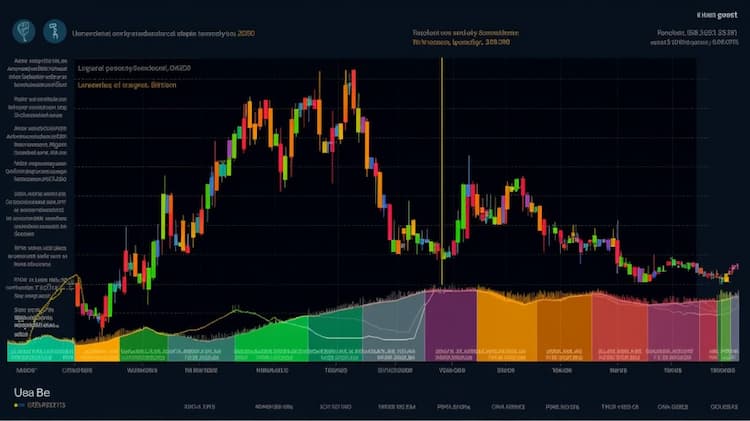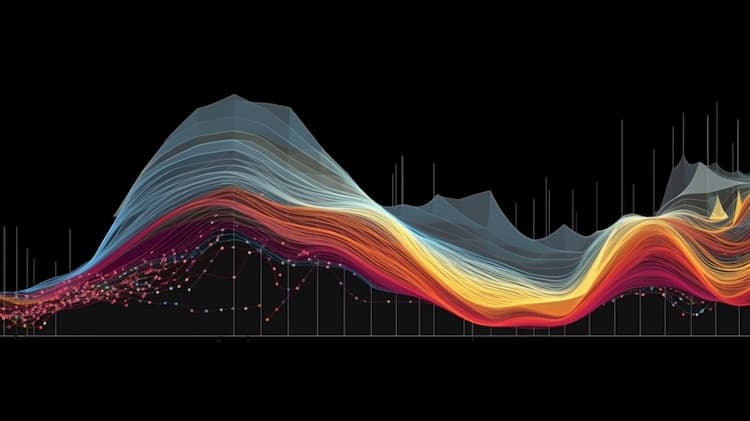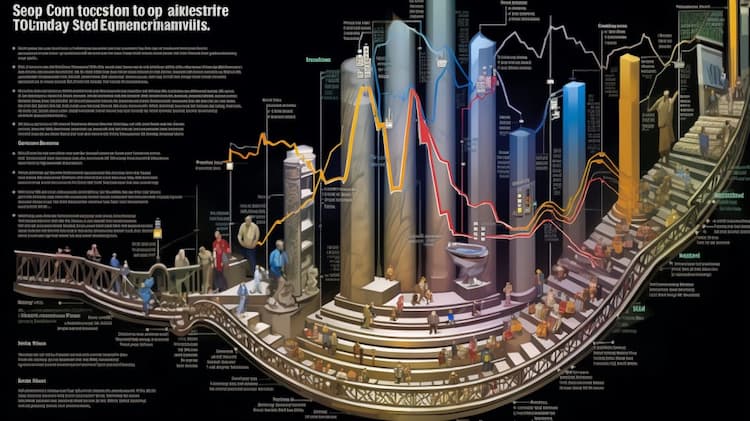
BND Vs LQD: Sectors and Top Holdings
Exchange-Traded Funds (ETFs) have transformed the way investors approach financial markets, offering diversified exposure across various sectors and asset classes. In this article, we will conduct a comprehensive analysis of two prominent ETFs: BND (Vanguard Total Bond Market ETF) and LQD (iShares iBoxx $ Investment Grade Corporate Bond ETF). Throughout this exploration, we'll delve into essential aspects such as ETF tickers, full names, issuers, sectors, top holdings, capitalization, investment strategy, tracking methods, and exposure.
BND Vs LQD: Overview
BND and LQD represent two distinct investment approaches within the realm of fixed income securities. While BND focuses on tracking the performance of the broad U.S. investment-grade bond market, LQD homes in on the investment-grade corporate bond segment. This disparity in focus results in unique risk-reward profiles, which we will dissect in subsequent sections.
BND Vs LQD: Sectors and Top Holdings
The BND ETF casts a wide net across various bond sectors, encompassing U.S. Treasury bonds, government agency securities, mortgage-backed securities, and more. On the other hand, LQD's portfolio primarily consists of investment-grade corporate bonds issued by established companies. By understanding the sectors and top holdings of these ETFs, investors can tailor their allocations to align with their risk preferences and investment objectives.
 BND overlap BND VS LQD
BND overlap BND VS LQD
BND Vs LQD: Capitalization and Investment Strategy
BND boasts substantial assets under management (AUM), reflecting its popularity among investors seeking exposure to a diversified spectrum of fixed-income instruments. LQD, with its focus on investment-grade corporate bonds, carries a different risk profile driven by corporate credit quality and market sentiment. Investors should assess the implications of these capitalization differences and investment strategies when making their choices.
BND Vs LQD: Tracking Methods and Exposure
BND's objective is to mirror the performance of the Bloomberg Barclays U.S. Aggregate Float Adjusted Index, encompassing a broad range of U.S. investment-grade bonds. LQD, however, tracks the iBoxx $ Investment Grade Corporate Bond Index, which is specifically tailored to investment-grade corporate bonds. The variance in tracking methods and exposure strategies empowers investors to fine-tune their portfolio to meet specific market expectations and risk appetites.
Conclusion
BND and LQD serve as powerful tools for investors seeking exposure to the world of fixed-income securities, each catering to a distinct segment of the bond market. However, for those desiring a deeper understanding of holdings, correlations, overlaps, and other vital insights, ETF Insider emerges as an invaluable resource. This user-friendly application equips investors with a comprehensive understanding of these ETFs and various other financial instruments.
Disclaimer: This article is provided for informational purposes only and does not offer any investment advisory services.
Sources:
LQD quote and analysis
Discover the top holdings, correlations, and overlaps of ETFs using our visualization tool.
Our app allows you to build and track your portfolio.
To learn more about the LQD iShares iBoxx $ Investment Grade Corporate Bond ETF, access our dedicated page now.
FAQ
Why is BND better than LQD?
BND may be considered better than LQD for some investors due to its specific focus, offering diversification.
Does LQD beat BND?
LQD's performance relative to BND will vary over time, depending on market conditions.
Should I invest in BND or LQD?
The choice between BND and LQD should align with your investment goals, risk tolerance, and desired exposure.
Are BND and LQD good investments?
Both BND and LQD can be suitable investments depending on individual investment strategies, goals, and risk profiles.
What is the correlation between BND and LQD?
The correlation between BND and LQD can vary over time, reflecting differences in performance.





